“You need to follow me right now!” Courtney Ellison blurted out as she dashed into Ankur Dalia’s lab. Ellison had become the first person to witness a bacterium hooking and then reeling in DNA with its pilus—an extremely thin, hair-like appendage.
Bacterial cells can shape their own evolution through natural transformation by capturing free DNA and incorporating its genetic information. This mechanism for DNA uptake—or horizontal gene transfer—is a way that antibiotic resistance moves between bacterial species.
The series of four still images below shows a pilus reach out from a bacterium (in green) to grab a piece of DNA (in red) in the environment. This is the first step of natural transformation.
“It’s important to understand this process, since the more we understand about how bacteria share DNA, the better our chances are of thwarting it,” said Dalia, assistant professor of biology.
Because the structures involved are so incredibly small (over 10,000 times thinner than human hair), the process had never been observed—until recently..
Distinguished Professor Yves Brun and Ellison, a Ph.D. student in his lab, led the team who developed the method to “paint” the pili and DNA fragments with special glowing dyes. This allowed Ellison and Dalia to subsequently lead a team to observe DNA uptake under the microscope.
“These are really versatile appendages,” Dalia said. “This method invented at IU is really opening up our basic understanding about a whole range of bacterial functions.”
The bacterium used in the study was Vibrio cholerae, the microbe that causes cholera. The work was reported in "Retraction of DNA-bound type IV competence pili initiates DNA uptake during natural transformation in Vibrio cholerae" in the journal Nature Microbiology.
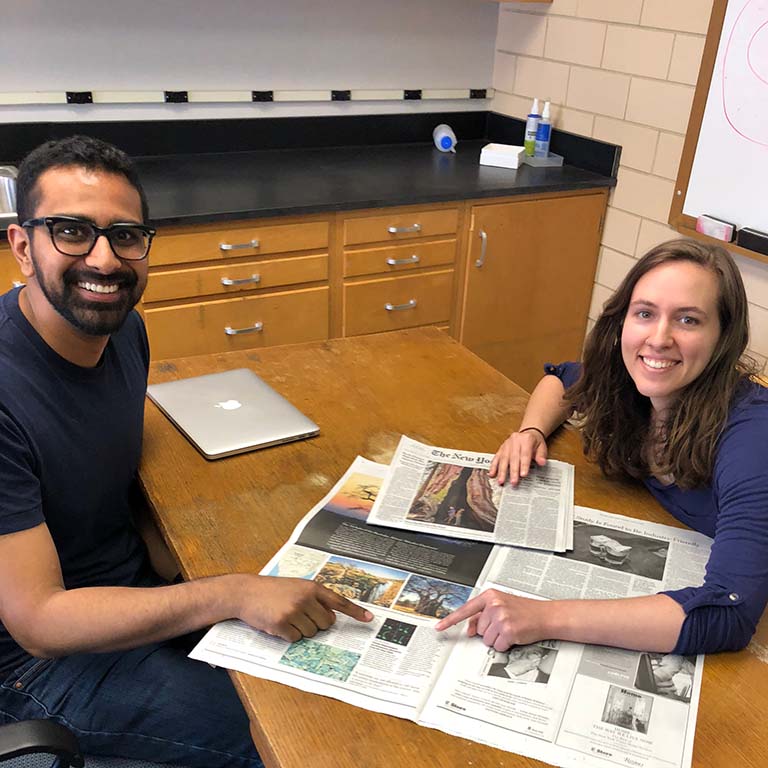
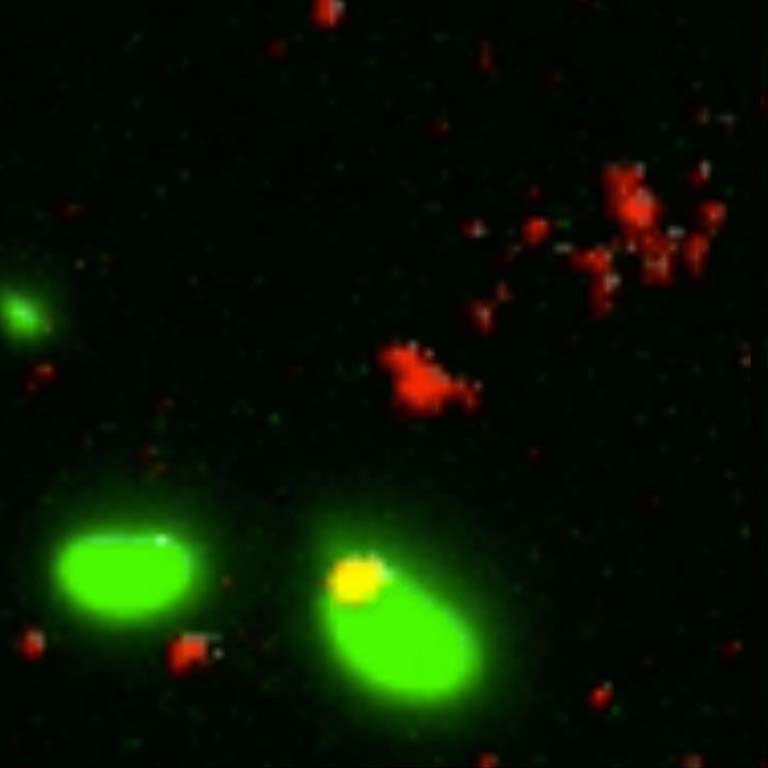
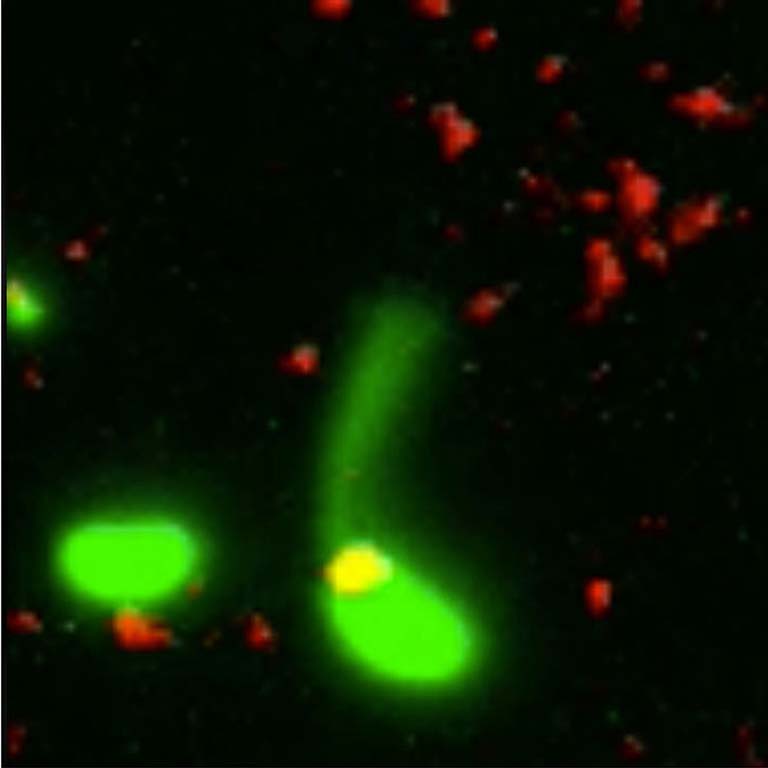
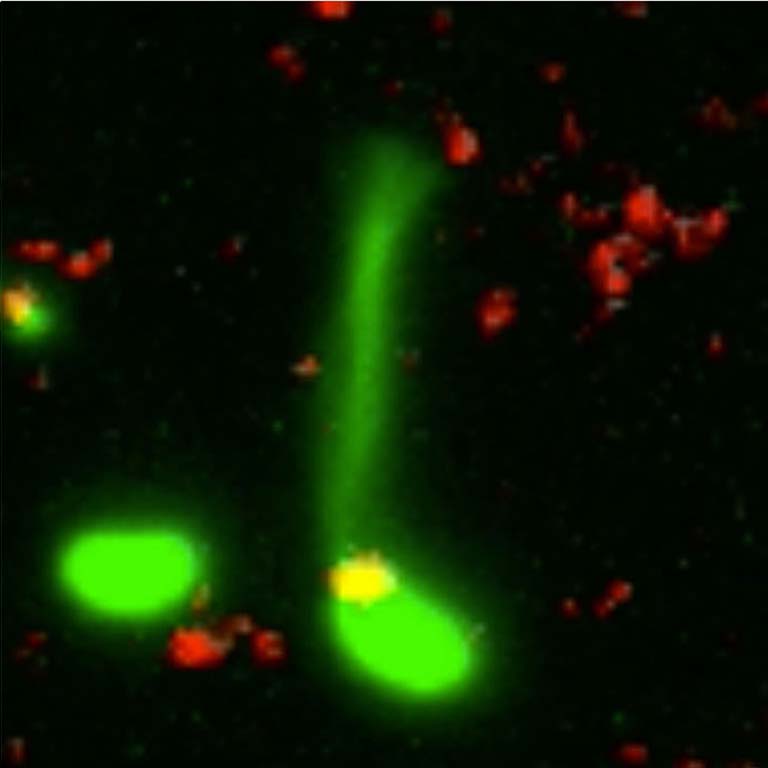
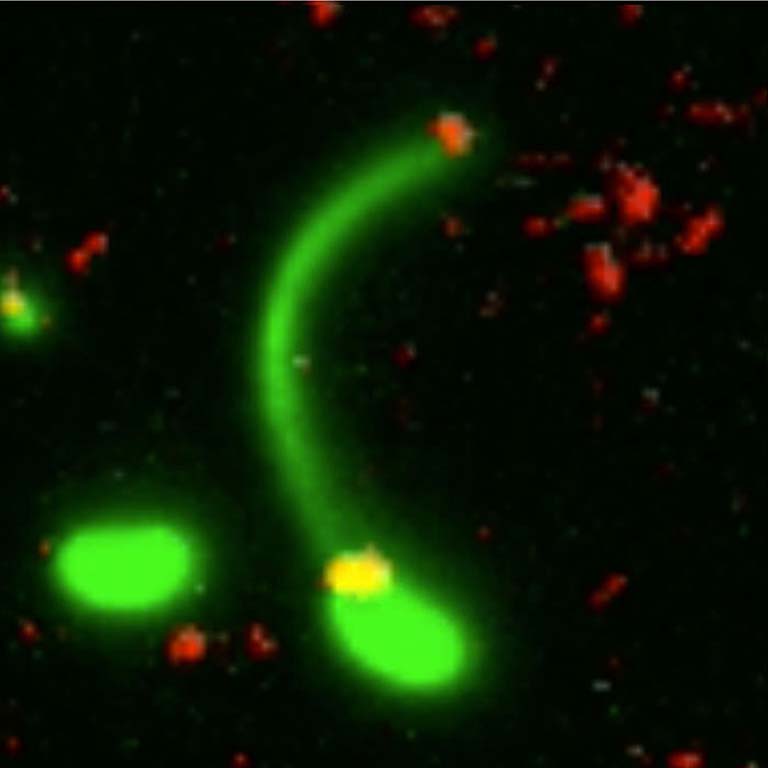
 The College of Arts
The College of Arts